We put the Motorola Edge 40 Pro through our rigorous DXOMARK Camera test suite to measure its performance in photo, video, and zoom quality from an end-user perspective. This article breaks down how the device fared in a variety of tests and several common use cases and is intended to highlight the most important results of our testing with an extract of the captured data.
Overview
Key camera specifications:
- Primary: 50MP 1/1.5″ sensor, 1μm pixels, f/1.88-aperture lens, AF, OIS
- Ultra-wide: 50MP 1/2.8″ sensor, 0.64μm pixels, f/2.2-aperture lens
- Tele: 12MP 1/2.93″ sensor, 1.22μm pixels, f/1.6-aperture lens, AF
Scoring
Sub-scores and attributes included in the calculations of the global score.
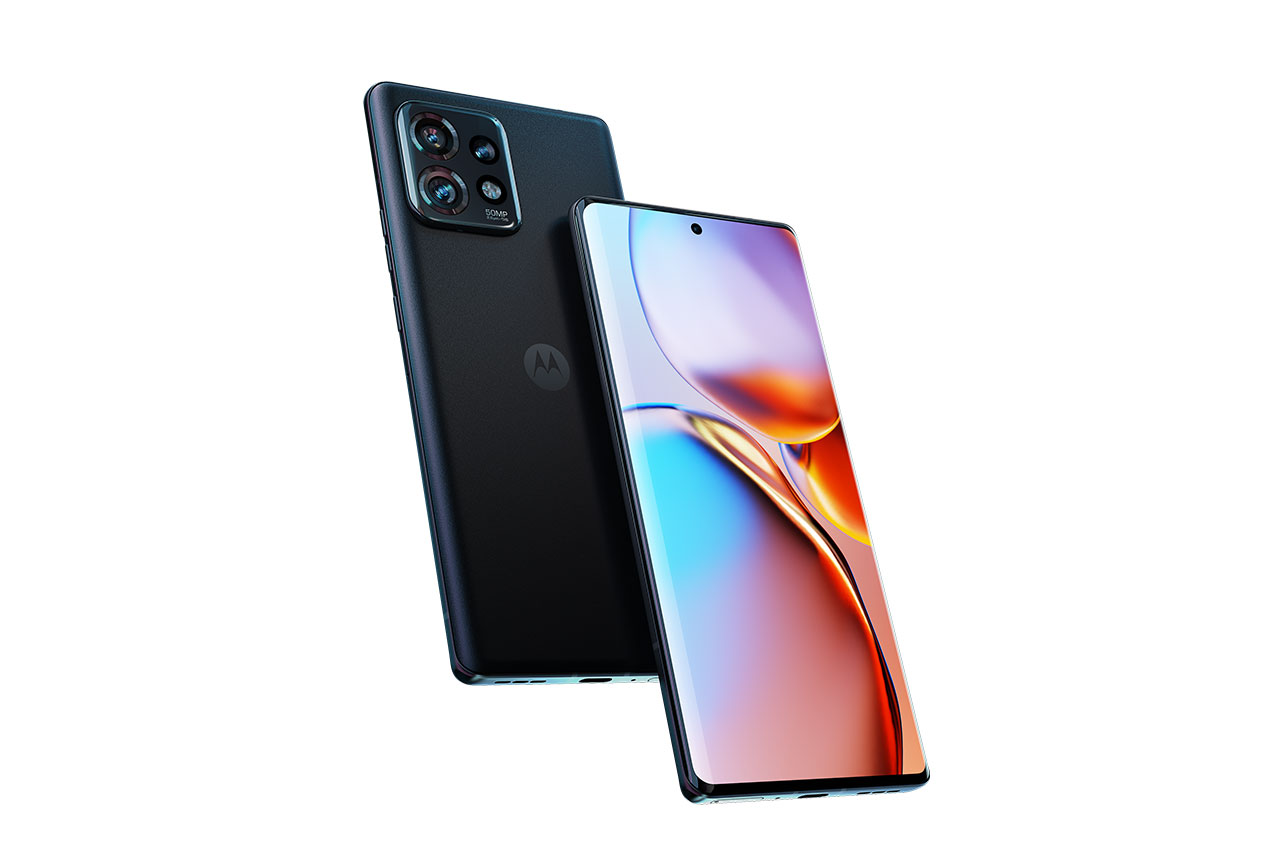
Motorola Edge 40 Pro


Use cases & Conditions
Use case scores indicate the product performance in specific situations. They are not included in the overall score calculations.
Outdoor
Photos & videos shot in bright light conditions (≥1000 lux)
Indoor
Photos & videos shot in good lighting conditions (≥100lux)
Lowlight
Photos & videos shot in low lighting conditions (<100 lux)
Friends & Family
Portrait and group photo & videos
 73rd
73rd 56th
56thPros
- Generally good exposure, especially indoors and in low light and night shots
- Natural white balance
- Good detail in bright light
- Good subject isolation in bokeh mode
The Motorola Edge 40 Pro delivered a good performance across most areas of our image quality tests. When shooting still images, subject exposure and white balance were nice in most test conditions, especially in low light and night shots. The autofocus did its job swiftly and accurately in bright light, and the camera generally produced a good texture/noise trade-off. However, our testers observed some contrast issues in challenging high-contrast scenes, which could result in clipping and tone compression.
In video, the Motorola Edge 40 Pro ranks below the very best devices in its class, generally allowing the user to record high quality video clips in fairly static scenes. Video footage offered accurate exposure and white balance, as well as acceptable levels of detail (albeit with some slight oversharpening). Temporal noise was well under control with fairly static scenes. When moving while recording, video stabilization was not always effective, resulting in more noticeable camera shake than on the best-in-class devices.
Our testers found zoom to be the area where the Motorola Edge 40 Pro has most potential for improvement. With its dedicated tele lens offering a 50mm equivalent focal length, results were pretty good around a 2x zoom factor, despite some noticeable image noise. However, when zooming in to 70mm equivalent, there was a noticeable drop in image quality, and at 100mm and longer focal lengths, images were pretty much unusable. The ultra-wide camera did better, though, offering a wide (14mm) field of view and overall pleasant image quality.
The Motorola Edge 40 Pro did well in our Friends & Family use case, producing nice exposure and good detail in bright light scenes without too much contrast. In scenes with harsh contrast, the camera could sometimes struggle with exposure, though. Performance in Friends & Family night scenes was excellent, too.
The Motorola also did well in low light scenes, rendering dim scenes nicely, with good exposure as well as accurate and pleasant color. Texture rendering could suffer on moving subjects, though.
Test summary
About DXOMARK Camera tests: DXOMARK’s Camera evaluations take place in laboratories and in real-world situations using a wide variety of subjects. The scores rely on objective tests for which the results are calculated directly by measurement software on our laboratory setups, and on perceptual tests in which a sophisticated set of metrics allow a panel of image experts to compare aspects of image quality that require human judgment. Testing a smartphone involves a team of engineers and technicians for about a week. Photo, Zoom, and Video quality are scored separately and then combined into an Overall score for comparison among the cameras in different devices. For more information about the DXOMARK Camera protocol, click here. More details on smartphone camera scores are available here. The following section gathers key elements of DXOMARK’s exhaustive tests and analyses. Full performance evaluations are available upon request. Please contact us on how to receive a full report.
Photo
Motorola Edge 40 Pro
169
For scoring and analysis, DXOMARK engineers capture and evaluate more than 2,600 test images both in controlled lab environments and in outdoor, indoor and low-light natural scenes, using the camera’s default settings. The photo protocol is designed to take into account the main use cases and is based on typical shooting scenarios, such as portraits, family, and landscape photography. The evaluation is performed by visually inspecting images against a reference of natural scenes, and by running objective measurements on images of charts captured in the lab under different lighting conditions from 1 to 1,000+ lux and color temperatures from 2,300K to 6,500K.
The Edge 40 Pro did overall well when capturing still images. In our testing, the device’s main strengths in photo mode were its ability to deliver a fairly natural white balance across a variety of conditions, including low light. Overall exposure was fairly accurate, but some inaccuracies and contrast issues were noticeable in backlit scenes and scenes with strong contrast. The camera managed to maintain a good trade-off between image detail and noise reduction, producing good levels of detail. On the downside, our testers observed some unwanted image artifacts, including color quantization and fusion artifacts. The autofocus was generally accurate but slow in most conditions.
Our experts particularly liked the Edge 40 Pro’s low-light performance. In dim conditions, the camera was able to capture good exposure and nice colors. While a loss of detail was often noticeable on faces in portrait shots, detail was noticeably better in landscape shots, making the Motorola a great options for shooting nightscapes.

Close-Up
Close-up is the third use case score introduced with DXOMARK Camera version 5. It evaluates the camera’s ability to capture detail at subject distances below 10cm and magnifications as close as possible to 1:1.
The Motorola Edge 40 allows you to get close to the subject, and its close-up images showed high levels of detail as well as well-controlled image noise. White balance was natural, but in low light, the camera struggled with exposure, and the autofocus had trouble sometimes locking on to the subject.

Exposure
Motorola Edge 40 Pro
130
Exposure is one of the key attributes for technically good pictures. The main attribute evaluated is the brightness of the main subject through various use cases such as landscape, portrait, or still life. Other factors evaluated are the contrast and the dynamic range, eg. the ability to render visible details in both bright and dark areas of the image. Repeatability is also important because it demonstrates the camera's ability to provide the same rendering when shooting several images of the same scene.
Thanks to its HDR technology, the Motorola Edge 40 Pro was generally capable of delivering a wide dynamic range and minimizing highlight clipping in high-contrast scenes. However, this came at the cost of strong tone compression. It was very noticeable in bright high-contrast scenes, resulting in a veiling effect or low-target exposure, leading to some dark clipping as visible in the example below.

Color
Motorola Edge 40 Pro
130
Color is one of the key attributes for technically good pictures. The image quality attributes analyzed are skin-tone rendering, white balance, color shading, and repeatability. For color and skin tone rendering, we penalize unnatural colors but we respect a manufacturer's choice of color signature.
Color rendering in bright outdoor light could be slightly dull, but on the plus side, this resulted in a very natural rendering of the scene. Overall color performance was quite reliable, with very well rendered skin tones in outdoor and indoor scenes.

Autofocus
Motorola Edge 40 Pro
125
Autofocus tests concentrate on focus accuracy, focus repeatability, shooting time delay, and depth of field. Shooting delay is the difference between the time the user presses the capture button and the time the image is actually taken. It includes focusing speed and the capability of the device to capture images at the right time, what is called 'zero shutter lag' capability. Even if a shallow depth of field can be pleasant for a single subject portrait or close-up shot, it can also be a problem in some specific conditions such as group portraits; Both situations are tested. Focus accuracy is also evaluated in all the real-life images taken, from infinity to close-up objects and in low light to outdoor conditions.
In our tests, the Edge 40 Pro’s autofocus showed a lot of light, but also some shade. It did a great job at focusing on the subject, with only very few AF failures. However, there was a noticeable delay between pressing the shutter button and the image being captured, which meant it was easy to miss the decisive moment in a moving scene.
In this sample scene, the camera was triggered as the model passed the wall to the right in the frame. In the resulting image, we can see that the image was captured with a slight delay, with the model already a step closer to the camera. This delay does not occur on the best in class, such as the Honor Magic5 Pro, Apple iPhone 14 Pro or Google Pixel 7 Pro, all of which capture pretty much instantly.
The camera provided a fairly wide depth of field, but the testers observed some loss of detail on background subjects, which is something to keep in mind when capturing group portraits with subjects on different planes in the scene.


Texture
Motorola Edge 40 Pro
125
Texture tests analyze the level of details and the texture of subjects in the images taken in the lab as well as in real-life scenarios. For natural shots, particular attention is paid to the level of details in the bright and dark areas of the image. Objective measurements are performed on chart images taken in various lighting conditions from 1 to 1000 lux and different kinds of dynamic range conditions. The charts used are the proprietary DXOMARK chart (DMC) and the Dead Leaves chart.
In the texture tests, the Motorola captured high levels of detail in bright light conditions.

Noise
Motorola Edge 40 Pro
117
Noise tests analyze various attributes of noise such as intensity, chromaticity, grain, structure on real-life images as well as images of charts taken in the lab. For natural images, particular attention is paid to the noise on faces, landscapes, but also on dark areas and high dynamic range conditions. Noise on moving objects is also evaluated on natural images. Objective measurements are performed on images of charts taken in various conditions from 1 to 1000 lux and different kinds of dynamic range conditions. The chart used is the Dead Leaves chart and the standardized measurement such as Visual Noise derived from ISO 15739.
Measured noise levels in the lab were on a similar level as comparison devices in low light, but slightly higher in bright light and under typical indoor lighting conditions.
In objective testing, images showed a fairly high level of noise, especially when taken in indoor and outdoor conditions, compared with those from the reference devices.
In test samples, image noise was well under control in most situations, particularly on human subjects. However, image noise could be quite intrusive in blue skies.

Artifacts
Motorola Edge 40 Pro
82
The artifacts evaluation looks at lens shading, chromatic aberrations, geometrical distortion, edges ringing, halos, ghosting, quantization, unexpected color hue shifts, among others type of possible unnatural effects on photos. The more severe and the more frequent the artifact, the higher the point deduction on the score. The main artifacts observed and corresponding point loss are listed below.
Some unwanted image artifacts were observed in the Motorola’s sample shots. Hue shift in the sky was arguably the most intrusive one, but ringing and fusion artifacts were also visible.
Bokeh
Motorola Edge 40 Pro
85
Bokeh is tested in one dedicated mode, usually portrait or aperture mode, and analyzed by visually inspecting all the images captured in the lab and in natural conditions. The goal is to reproduce portrait photography comparable to one taken with a DLSR and a wide aperture. The main image quality attributes paid attention to are depth estimation, artifacts, blur gradient, and the shape of the bokeh blur spotlights. Portrait image quality attributes (exposure, color, texture) are also taken into account.
The Edge 40 Pro uses its tele module with 50mm equivalent focal length for bokeh shots. This resulted in a relatively consistent bokeh effect, with good subject isolation. On the downside, noticeable levels of image noise were observed.
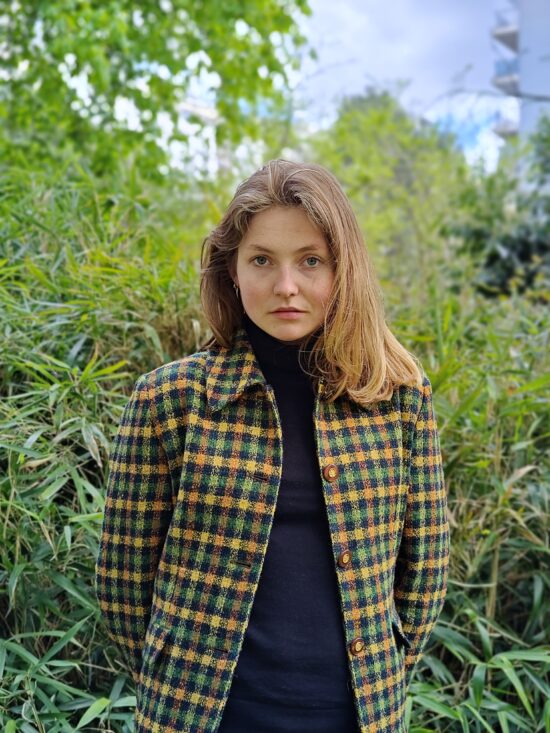
Preview
Motorola Edge 40 Pro
93
Preview tests analyze the image quality of the camera app's preview of the image, with particular attention paid to the difference between the capture and the preview, especially regarding dynamic range and the application of the bokeh effect. Also evaluated is the smoothness of the exposure, color and focus adaptation when zooming from the minimal to the maximal zoom factor available. The preview frame rate is measured using the LED Universal Timer.
Overall, the preview image on the Motorola’s display was pretty similar to the final capture. However, some differences were noticeable in terms of texture rendering and dynamic range in high-contrast scenes.
Zoom
Motorola Edge 40 Pro
169
DXOMARK engineers capture and evaluate over 400 test images in controlled lab environments and in outdoor, indoor, and low-light natural scenes, using the camera’s default settings and pinch zoom at various zoom factors from ultra wide to very long-range zoom. The evaluation is performed by visually inspecting the images against a reference of natural scenes, and by running objective measurements of chart mages captured in the lab under different conditions from 20 to 1000 lux and color temperatures from 2300K to 6500K.
While the Motorola Edge 40 Pro provided a noticeably improved the zooming experience over its predecessor, the Edge 30 Pro, the tele zoom left some room for improvement. The dedicated 12MP 2x tele camera module struggled to produce a similar texture/noise trade-off to other devices in this class at medium and long range tele. At close range, tele results were acceptable, though, and the 14mm ultra-wide camera delivered decent image quality as well.
Video Zoom
When zooming in video mode, the camera captured a decent level details up to 70mm. But after that, the overall image quality dropped significantly. Despite that, the zoom-in was quite smooth and mostly stable.

Wide
Motorola Edge 40 Pro
122
These tests analyze the performance of the ultra-wide camera at several focal lengths from 12 mm to 20 mm. All image quality attributes are evaluated, with particular attention paid to such artifacts as chromatic aberrations, lens softness, and distortion. Pictures below are an extract of tested scenes.
The Motorola Edge 40 Pro’s ultra-wide camera offers a wide field of view at 14mm equivalent. Image rendering was nice in bright outdoor conditions, but overall image quality dropped under indoor conditions and in low light, with a reduction in detail and higher noise levels.

Tele
Motorola Edge 40 Pro
128
All image quality attributes are evaluated at focal lengths from approximately 40 mm to 300 mm, with particular attention paid to texture and detail. The score is derived from a number of objective measurements in the lab and perceptual analysis of real-life images.
In lab tests, detail preservation on the Edge 40 Pro was lower than on the comparison devices across the zoom range and at most light levels. But compared to the Edge 30 Pro, it was an improvement.
If there is an area where the Edge 40 Pro could do with some improvements, it is the tele zoom. In our tests, the camera delivered lower levels of detail across pretty much the entire tele zoom range. The 12MP sensor combined with the (relatively short) 50mm tele lens could not provide the texture and detail we have seen on the best-in-class devices, especially at medium and long range tele.
Image quality decreased noticeably with longer tele zoom settings. The level of captured detail was low, and some oversharpening artifacts were visible.
Video
Motorola Edge 40 Pro
159
DXOMARK engineers capture and evaluate more than 2.5 hours of video in controlled lab environments and in natural low-light, indoor and outdoor scenes, using the camera’s default settings. The evaluation consists of visually inspecting natural videos taken in various conditions and running objective measurements on videos of charts recorded in the lab under different conditions from 1 to 1000+ lux and color temperatures from 2,300K to 6,500K.
The Motorola Edge 40 Pro’s video mode was tested at 4K resolution and 30 frames per second. The camera performed well in most conditions, challenging the best devices in the Premium segment. Exposure, white balance and autofocus were all pretty stable, with only some minor instabilities. In addition, noise levels were low in bright light and under typical indoor conditions.
On the downside, dynamic range was limited, resulting in highlight clipping in difficult high-contrast scenes. Our testers also frequently found the contrast to be slightly harsh. In terms of video stabilization, slight camera shake and sharpness differences between frames could be noticeable. We also observed some local noise on moving subjects, as well as some texture integrity artifacts in low light.

Exposure
Motorola Edge 40 Pro
116
Exposure tests evaluate the brightness of the main subject and the dynamic range, eg. the ability to render visible details in both bright and dark areas of the image. Stability and temporal adaption of the exposure are also analyzed.
The Motorola Edge 40 Pro delivered good video exposure, with accurate brightness on subjects, even in difficult situations. However, dynamic range was slightly limited in most conditions. Slight clipping of both highlights and shadows could be noticeable.

Color
Motorola Edge 40 Pro
120
Image-quality color analysis looks at color rendering, skin-tone rendering, white balance, color shading, stability of the white balance and its adaption when light is changing.
Color rendering and white balance were generally natural in most conditions. Some slight green-yellow cast could be noticeable in bright light, and on some rare occasions, skin-tone rendering was inaccurate, mainly indoors and under low light.

Autofocus
Motorola Edge 40 Pro
120
The video autofocus was quite fast and generally stable in all conditions. Slight stepping and a loss of sharpness during motion could be noticeable on occasion.

Texture
Motorola Edge 40 Pro
118
Texture tests analyze the level of details and texture of the real-life videos as well as the videos of charts recorded in the lab. Natural videos recordings are visually evaluated, with particular attention paid to the level of details in the bright and areas as well as in the dark. Objective measurements are performed of images of charts taken in various conditions from 1 to 1000 lux. The charts used are the DXOMARK chart (DMC) and Dead Leaves chart.
In good light, the Edge 40 Pro captured high levels of detail in video mode. This said, a slight loss of detail could be observed in difficult light conditions and in low light. Our testers also noticed some slight oversharpening, as well as an occasionally unnatural overall rendering of the scene, caused by texture integrity artifacts on moving elements.

Noise
Motorola Edge 40 Pro
120
Noise tests analyze various attributes of noise such as intensity, chromaticity, grain, structure, temporal aspects on real-life video recording as well as videos of charts taken in the lab. Natural videos are visually evaluated, with particular attention paid to the noise in the dark areas and high dynamic range conditions. Objective measurements are performed on the videos of charts recorded in various conditions from 1 to 1000 lux. The chart used is the DXOMARK visual noise chart.
Video noise was pretty well under control in all light conditions. Local noise became visible with motion, especially in low light, but overall noise management was one of the Motorola’s strengths in video mode.

Stabilization
Motorola Edge 40 Pro
119
Stabilization evaluation tests the ability of the device to stabilize footage thanks to software or hardware technologies such as OIS, EIS, or any others means. The evaluation looks at residual motion, smoothness, jello artifacts and residual motion blur on walk and run use cases in various lighting conditions. The video below is an extract from one of the tested scenes.
Video stabilization did an efficient job at counteracting motion when walking with the camera while recording. This said, some camera shake remained noticeable, as well as some frame shift artifacts and sharpness differences between frames.

Artifacts
Motorola Edge 40 Pro
86
Artifacts are evaluated with MTF and ringing measurements on the SFR chart in the lab as well as frame-rate measurements using the LED Universal Timer. Natural videos are visually evaluated by paying particular attention to artifacts such as aliasing, quantization, blocking, and hue shift, among others. The more severe and the more frequent the artifact, the higher the point deduction from the score. The main artifacts and corresponding point loss are listed below.
Most common video artifacts were quite well under control on the Motorola Edge 40 Pro, but our testers noticed some aliasing, moiré, ringing, flare and hue shift near saturation among other artifacts.


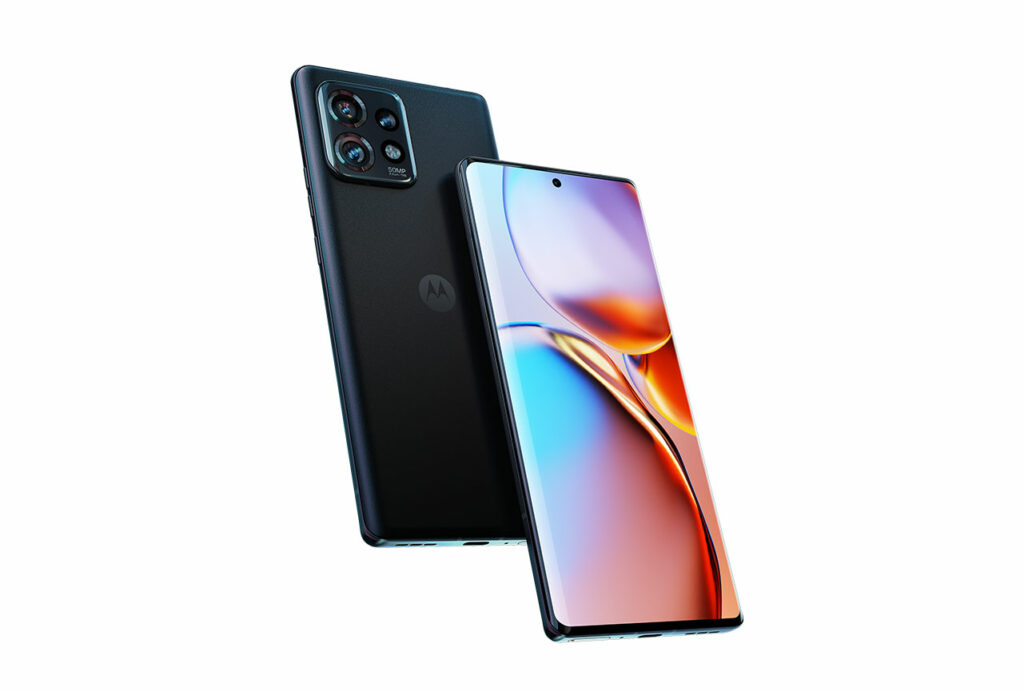

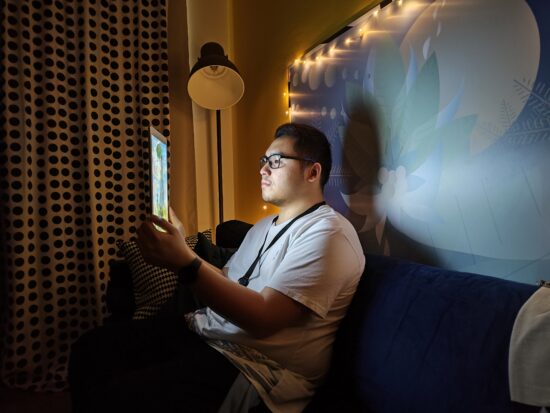


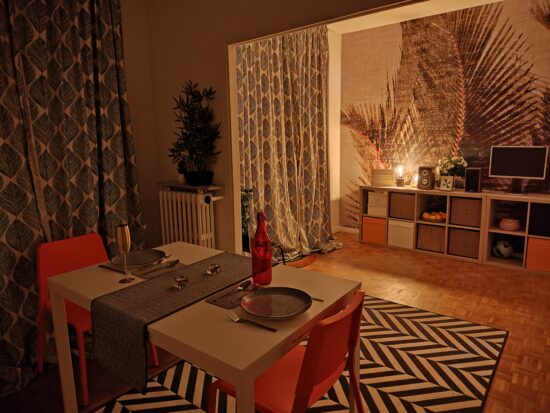
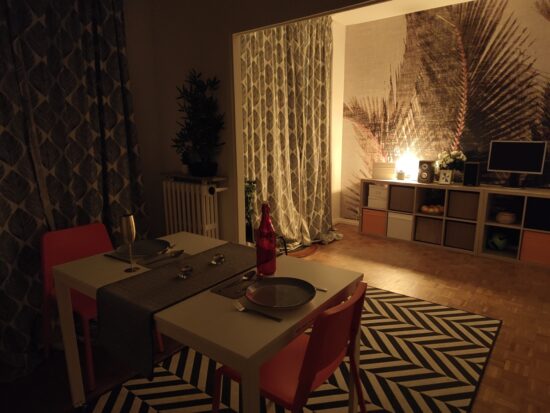
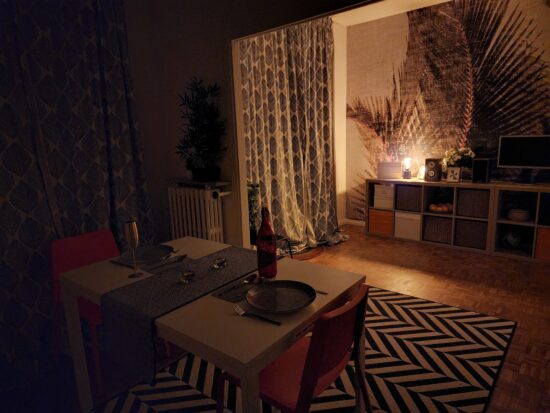
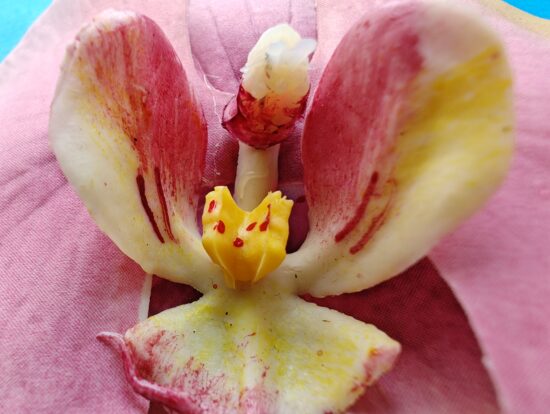
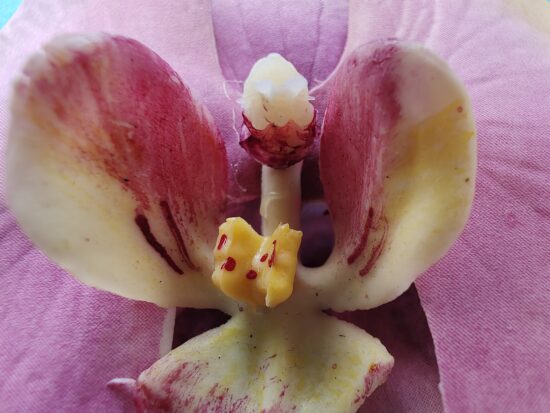
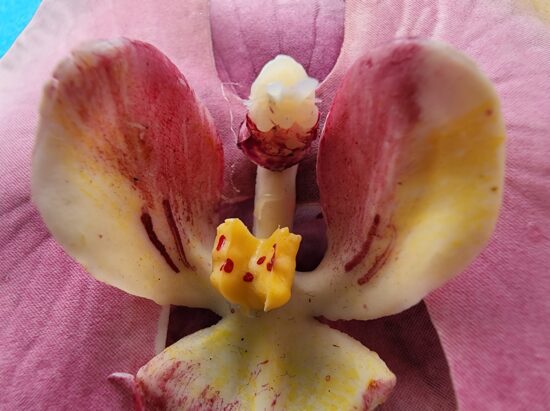
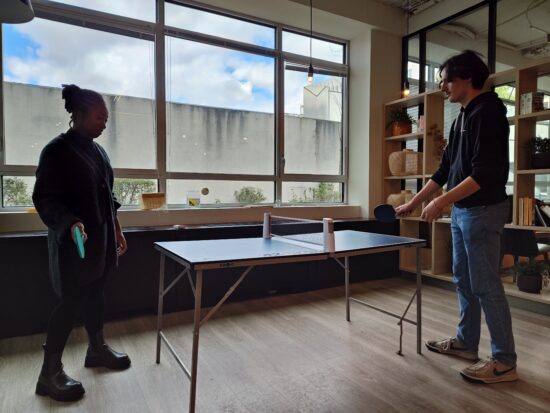
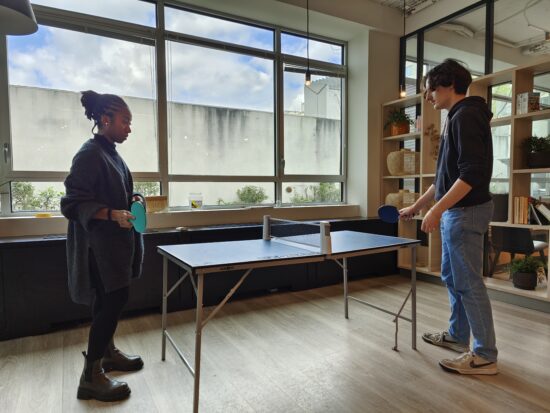
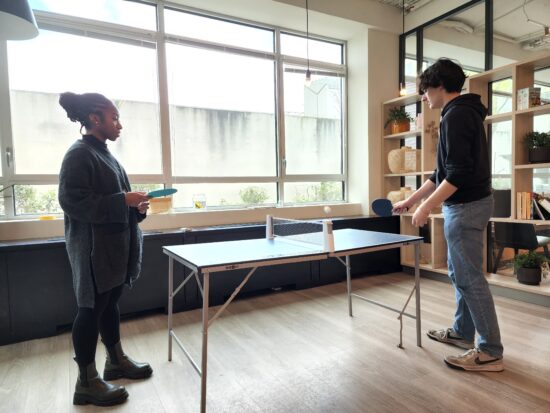






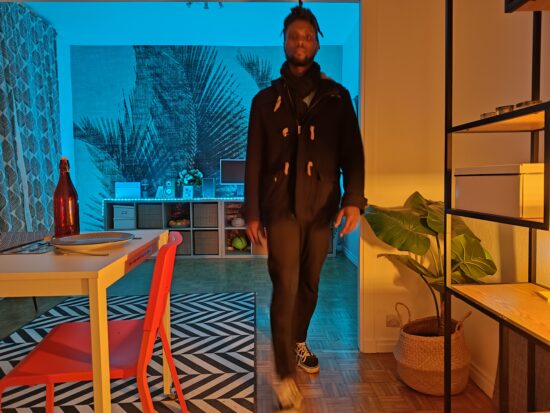
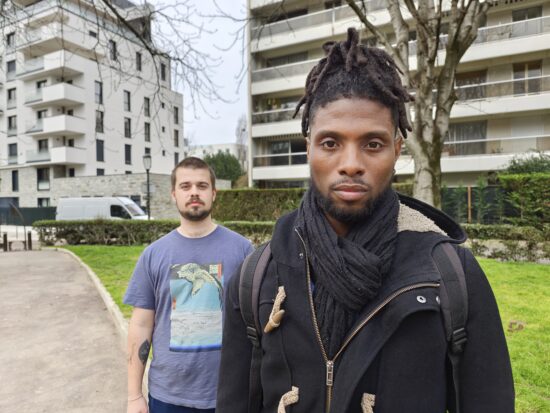
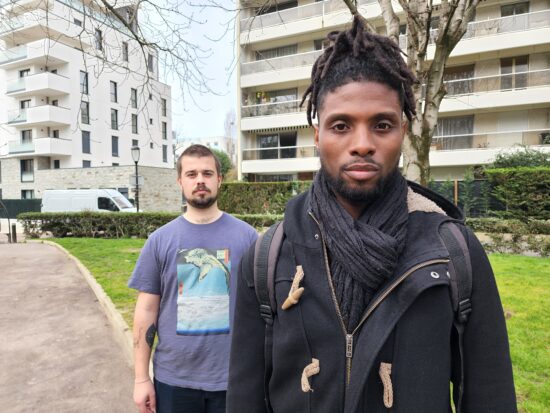



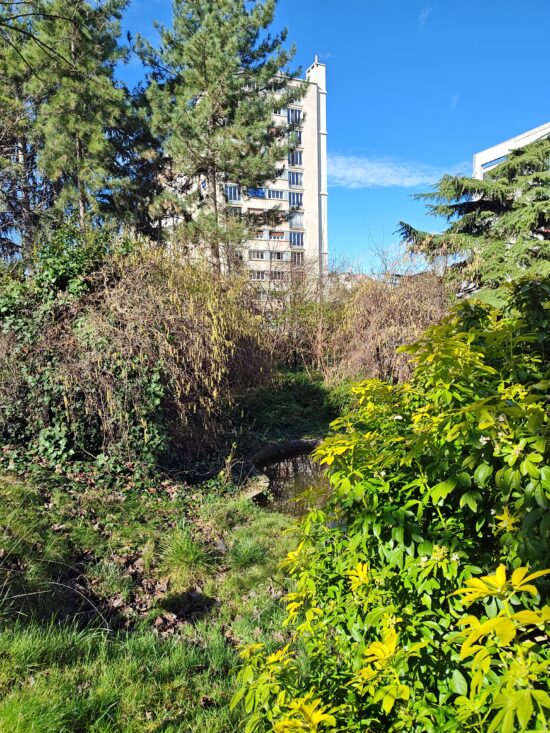
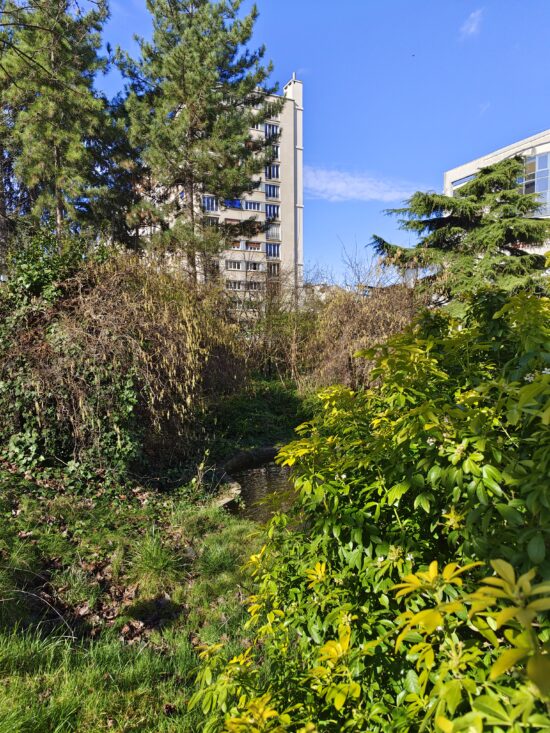
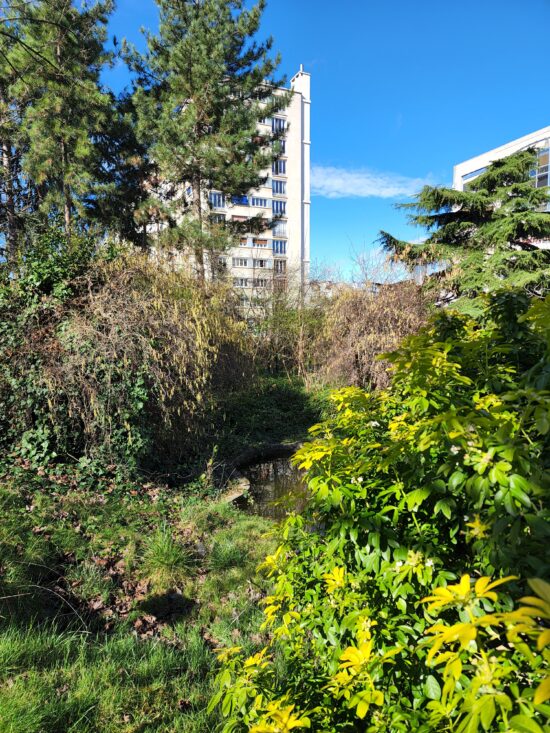
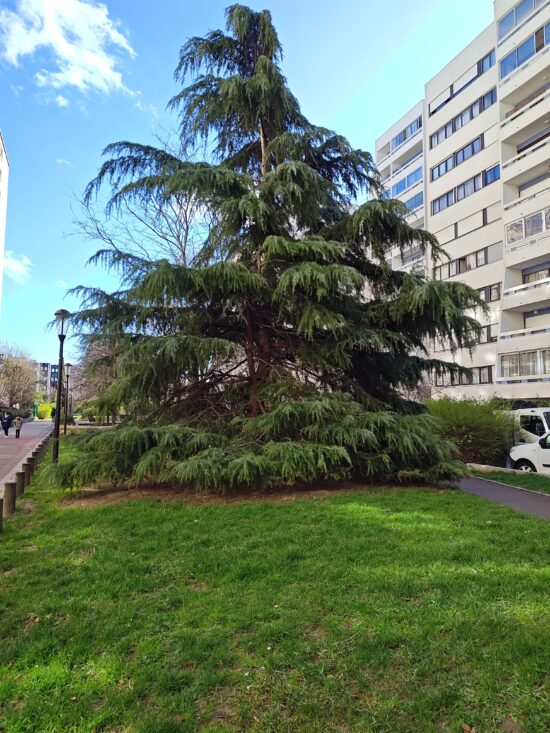
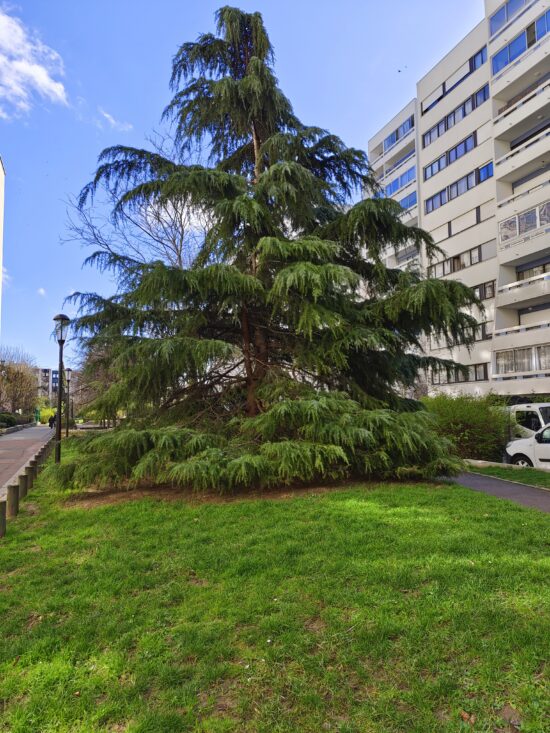
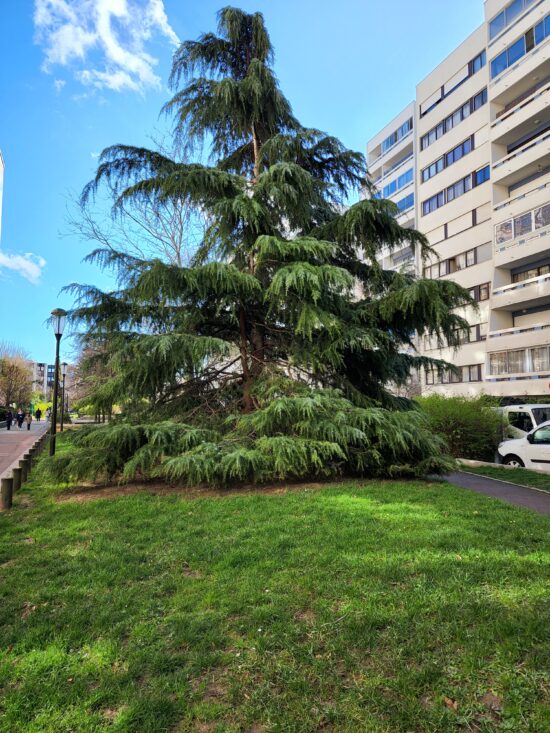
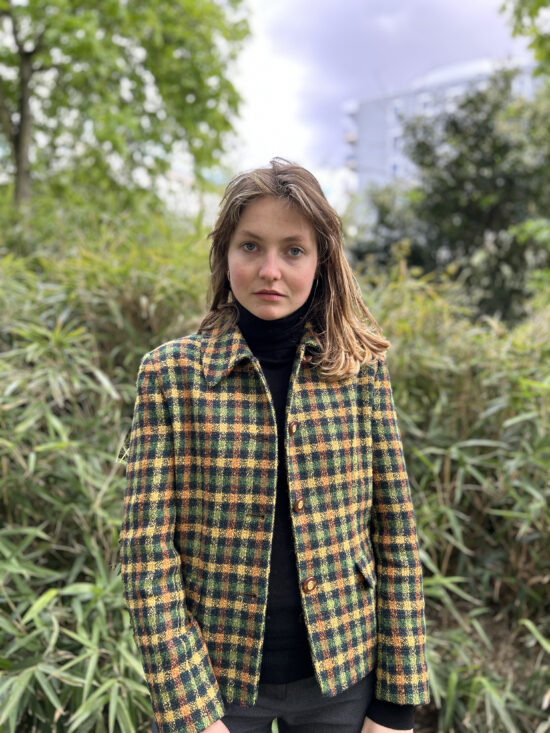
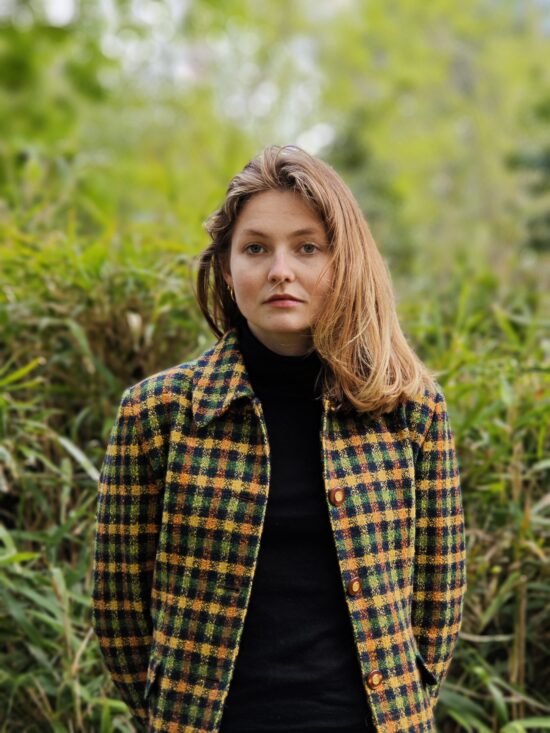

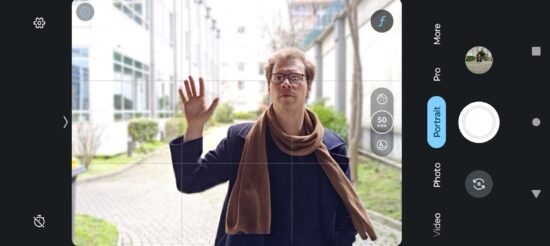

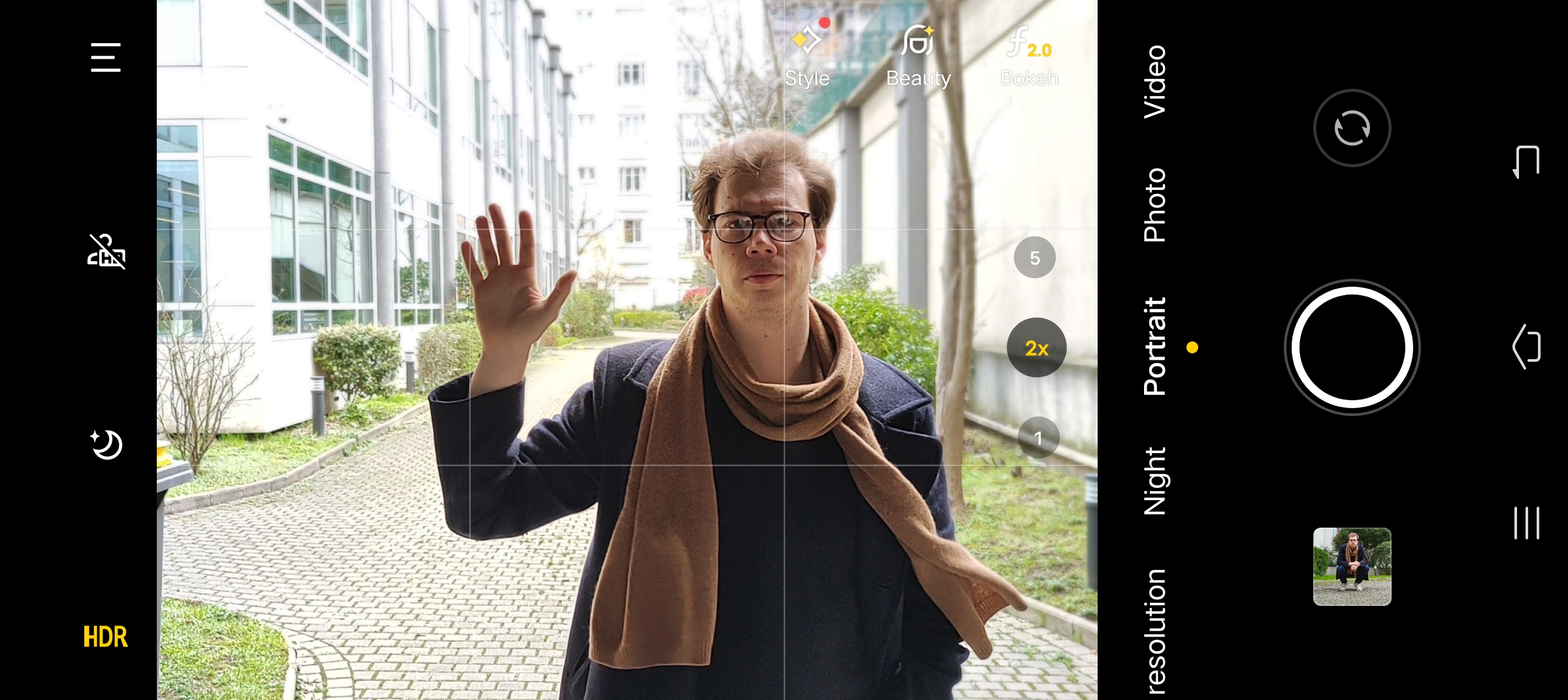

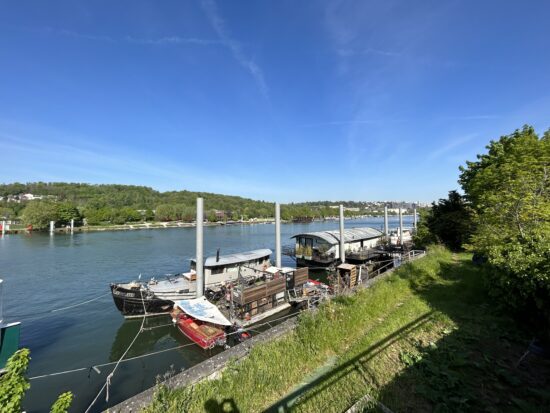
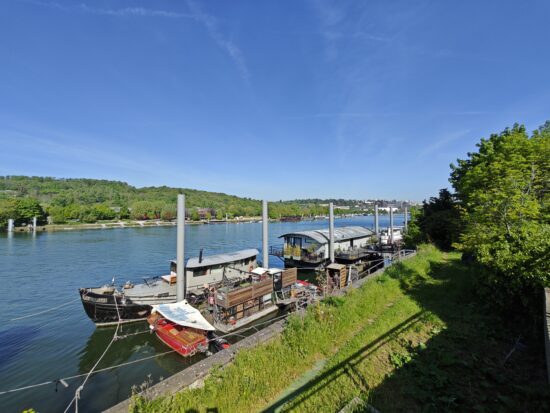
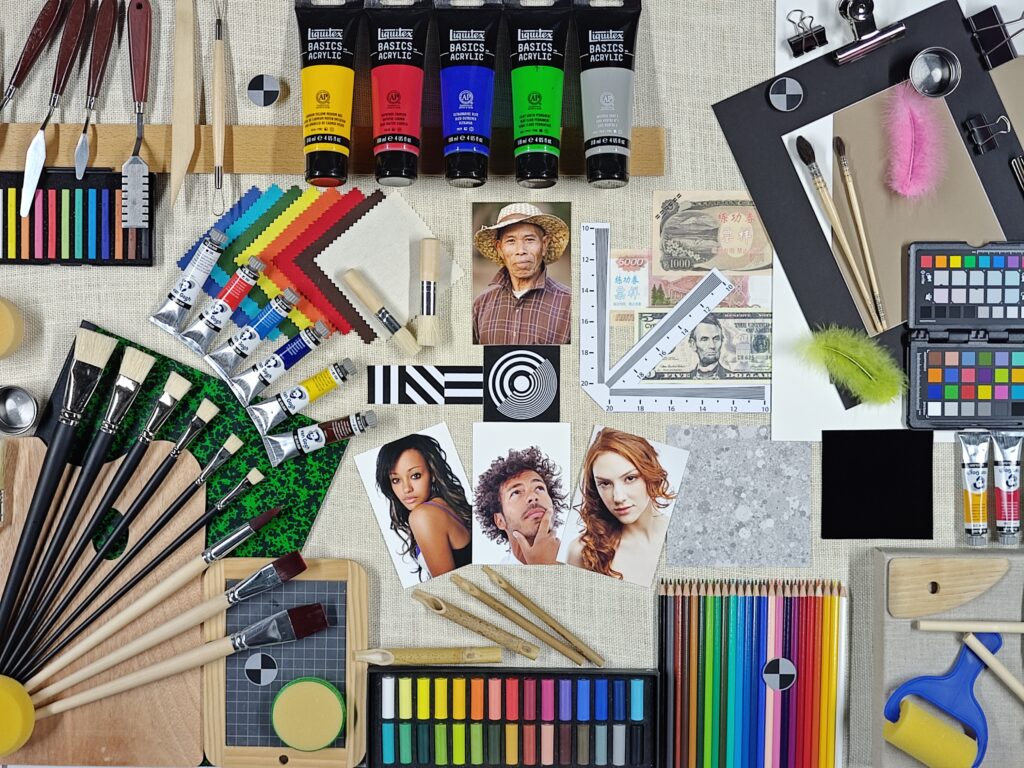
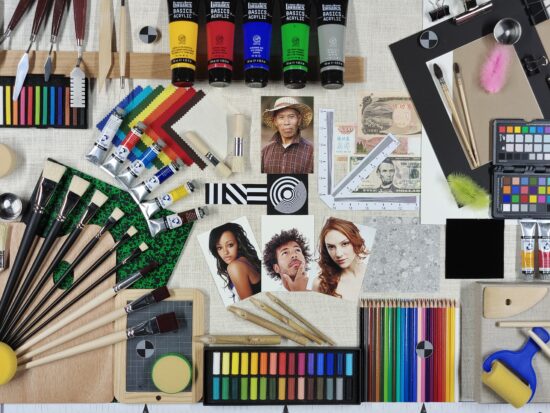
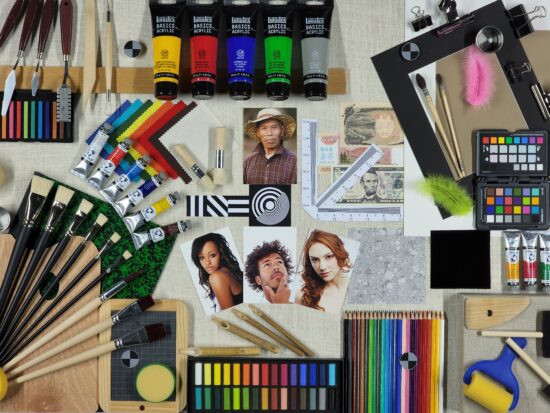

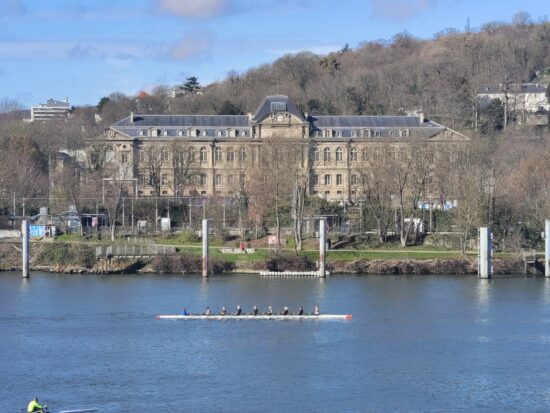




DXOMARK encourages its readers to share comments on the articles. To read or post comments, Disqus cookies are required. Change your Cookies Preferences and read more about our Comment Policy.